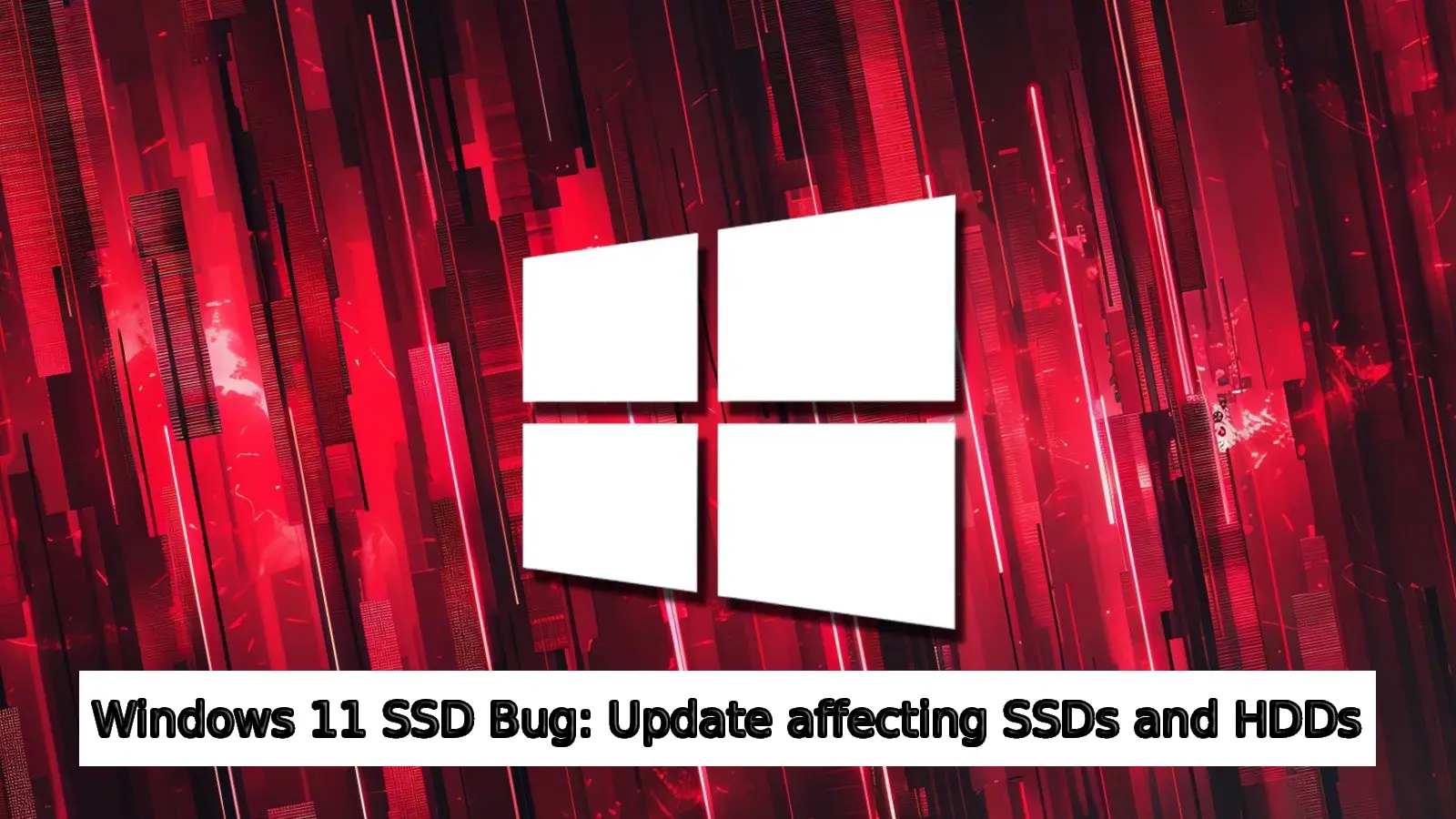When it comes to relational databases (SQL), the term ACID comes up often. Behind this acronym lies a set of essential guarantees that ensure data reliability, consistency, and safety. Whether you’re a developer, a DBA, or just curious about what goes on “under the hood,” this concept is worth diving into.
In this article, we’ll break down what ACID really means, why it’s so important, and how it impacts the behavior of SQL databases like PostgreSQL and MySQL.
What Exactly Is ACID?
ACID stands for Atomicity, Consistency, Isolation, Durability. These are the four properties a transaction must uphold to maintain data integrity in a relational database management system (RDBMS).
🔸 1. Atomicity – “All or Nothing”
Atomicity guarantees that a transaction is indivisible: either all its operations succeed, or none at all.
Think of a bank transfer: if money is debited from one account, it must be credited to another. If a failure occurs in the middle (say, the server crashes), everything is rolled back. No money disappears in the process.
In SQL databases, this is handled using commit and rollback mechanisms.
🔸 2. Consistency – “Always Valid”
Consistency ensures that every transaction brings the database from one valid state to another, always respecting the rules (constraints) defined in the schema—like data types, primary keys, or custom business rules.
For instance, you shouldn’t be able to insert a user without an email if it’s required. Or store an age of -12.
A consistent transaction never leaves the database in an invalid state.
🔸 3. Isolation – “No Interference”
Isolation ensures that concurrent transactions don’t interfere with each other. Even if they run at the same time, the final outcome should be as if they were executed one after the other, in sequence.
Imagine two customers trying to buy the last ticket for a concert at the same time. Thanks to isolation, only one transaction will succeed and the other will fail gracefully, avoiding double bookings.
Most RDBMSs offer different isolation levels (Read Uncommitted, Read Committed, Repeatable Read, Serializable) to control this behavior.
🔸 4. Durability – “Forever Saved”
Durability guarantees that once a transaction is successfully committed, its changes are permanent—even if the system crashes immediately after.
Once you’ve completed an online order and received confirmation, you expect that order to still exist even if the server restarts.
This is made possible by transaction logs, disk writes, and recovery mechanisms.
Why Is ACID So Important?
Without ACID, databases would be vulnerable to:
- Data inconsistencies
- Critical calculation errors
- Data loss
- Unpredictable behavior under load or failure
In short, ACID ensures your data is safe and trustworthy, even in complex and high-load environments. It’s an essential foundation for mission-critical systems in banking, healthcare, e-commerce, and more.
The ACID concept is more than just a catchy acronym—it’s what makes databases trustworthy, robust, and professional. Understanding ACID gives you deeper insight into how data is managed, protected, and persisted in modern systems.
Whether you’re building a backend, migrating to a new architecture, or just refining your technical knowledge, these four letters should always be on your mind.



